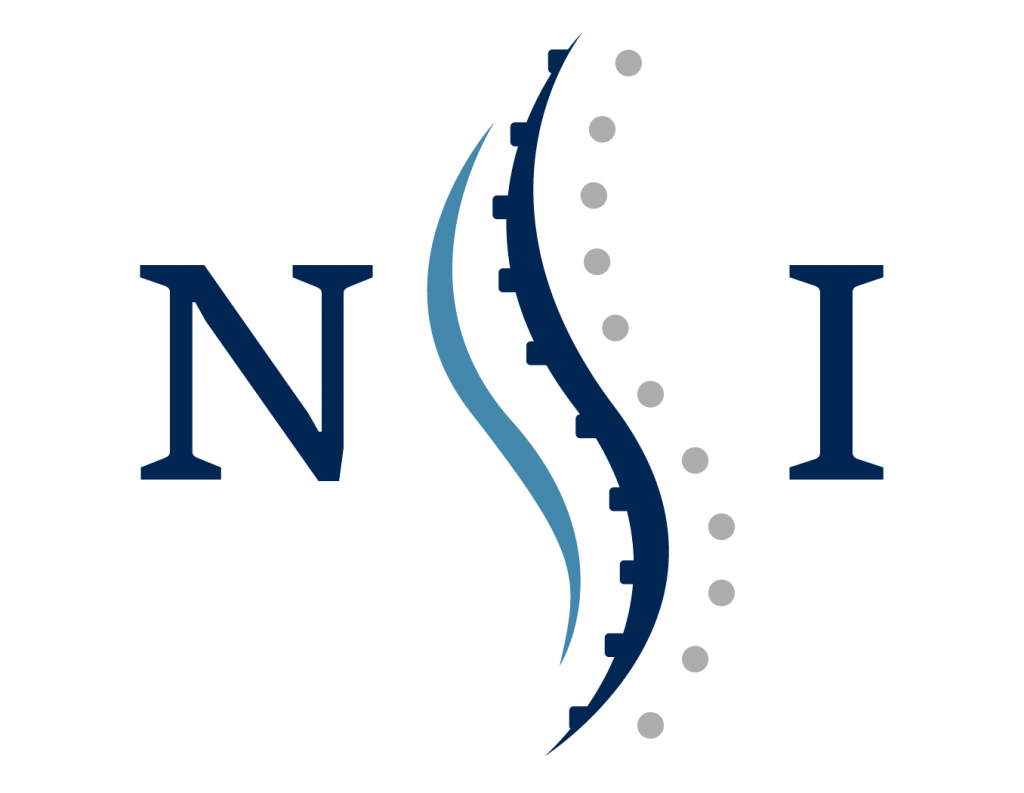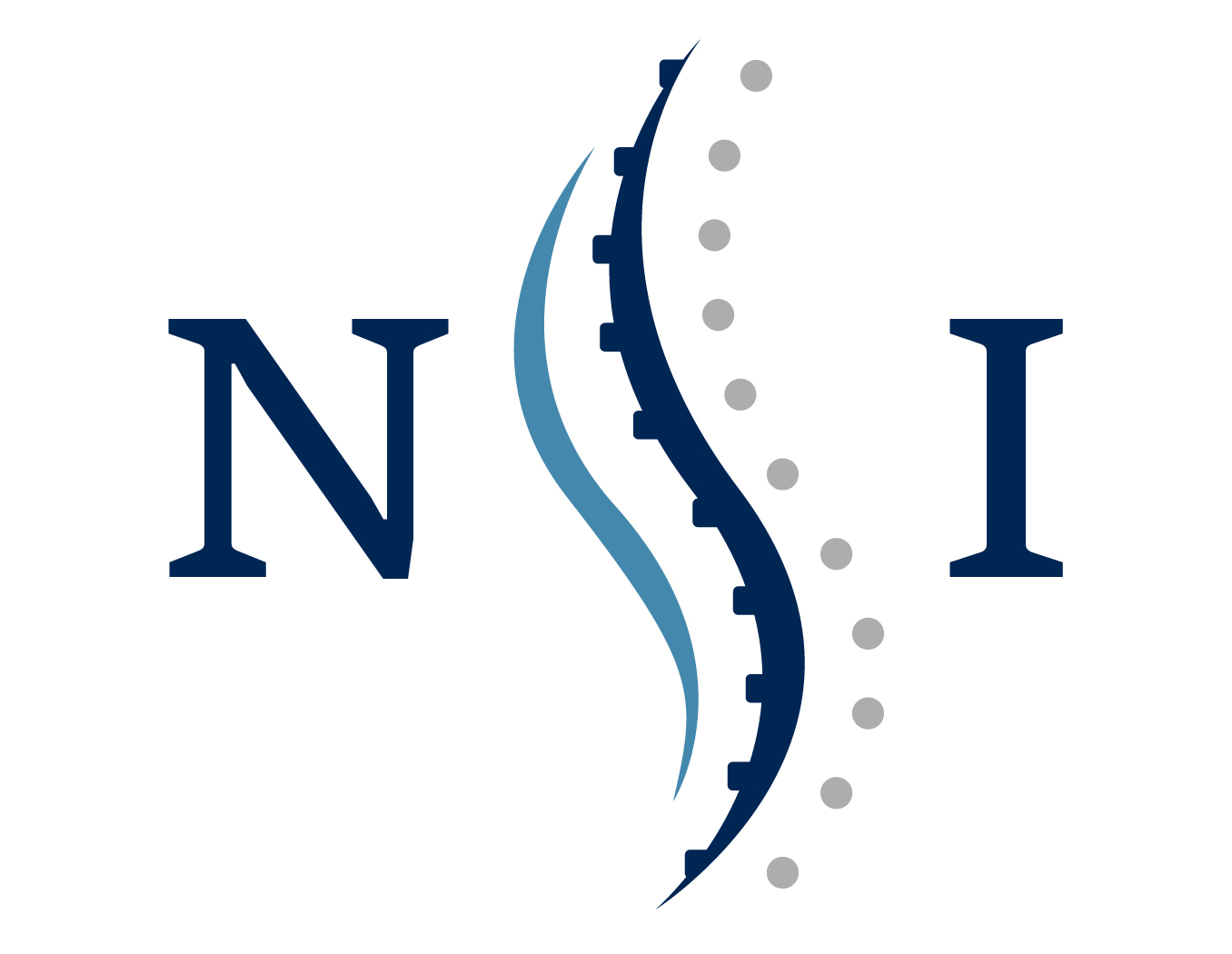Medical steps to take after a car accident


Medical steps to take after a car accident
Being involved in a motor vehicle accident is one of the most stressful and frightening events that many people ever experience. Even if no injury is involved, there is still emotional distress, property damage, insurance and many other factors that require management. However, ensuring the long-term health and wellness of you and your loved ones should always be the top priority if you ever find yourself as a participant in a motor vehicle collision in any capacity.
Whether you are seriously injured, suffer only minor injuries or seemingly come out of your car accident without a scratch, it is absolutely critical to take any and all appropriate medical steps after your accident. Many personal injuries related to a car accident can take days or even weeks to fully develop. By being proactive about your medical care, you can give yourself the best chance of a healthy outcome and the ability to live an active lifestyle for years to come.
To better understand the medical steps to take after a car accident, and why they’re important, read the following guide. The compassionate staff at National Spine Institute is standing by to answer your questions and help you learn more about treatment. Don’t hesitate to reach out.
Staying safe and assessing your need for immediate medical attention
If you’re in an accident, always put safety first. Do not leave the scene of the accident, make sure you and any other passengers are not seriously hurt. If it is safe to do so, move your vehicle out of the flow of traffic and immediately contact any necessary authorities or responders.
When dealing with your health after an accident, always err on the side of caution. Serious head or spine injuries, and even internal bleeding, may not be fully apparent, so when in doubt have yourself checked out by any emergency responders. Even if it is a minor collision and you suffer little or no impact, you should still make plans for a followup evaluation with your doctor.
In addition to assisting authorities and your insurance provider, making a detailed account of the accident in the immediate aftermath is also an important medical step to take. Record the time and date of the accident, points and directions of impact and any impact or trauma that occurred to your body. Write down any and all symptoms you experience.
Always see a doctor for a thorough medical evaluation
There are a number of reasons why it is important to see a qualified medical professional in the wake of a car accident. The first, as mentioned above, is that many auto-related personal injuries can have a delayed onset of symptoms.
For example, spine injuries such as whiplash may not be painful right away, but can start to develop symptoms in the following days or weeks. By being proactive about your diagnosis and treatment, you can stay ahead of symptoms and give yourself the best chance of developing
Seeing a doctor as early as possible to evaluate any possible injuries not only helps you get on top of your treatment, but it also establishes a medical record linking your injury or condition to the accident. This is extremely important to ensuring that your medical expenses are properly covered and that you receive any and all necessary treatment.
Whether you see your primary care physician or another specialist, knowing the primary steps that your medical evaluation should involve can help you be more involved with your treatment journey.
What to expect at your appointment
There are several steps you can take to prepare for your post-accident medical evaluation. First, gather your information recorded at the scene of the accident, particularly any information regarding impact or trauma to your body. You should expect your doctor to ask questions about what your body went through during the collision, and as much as information as you can provide, the better.
You should also keep a detailed journal of your symptoms and any impaired sensory or motor function you are experiencing. Once again, be cautious and don’t wait for your appointment to treat any symptoms that may be related to a medical emergency. These include but are not limited to nausea and vomiting, dizziness, tingling or numbness in the extremities, loss of bowel or bladder control and any muscle weakness or paralysis.
At your appointment, report any and all symptoms that have arisen since the accident and answer any questions about your lifestyle and activity level. Additionally, your doctor will typically have you undergo the following diagnostic steps to determine if there are any injuries present:
- Review your medical and injury history
- Perform a physical examination, including a hands-on evaluation, balance testing and movement testing
- Order any necessary diagnostic testing, such as an X-ray or MRI to confirm a diagnosis or rule out other possibilities
Most non-emergency musculoskeletal injuries caused by automobile collisions can be treated with conservative therapies.
Common post-accident diagnoses
Common non-emergency injuries for car accidents include:
- Bruising
- Whiplash
- Other neck or back injuries
Whiplash and other spine injuries, such as bulging or herniated discs, can improve with time, but it is important to work closely with your doctor to develop an effective treatment plan.
At-home treatments for car accident-related neck or back pain
Patients diagnosed with whiplash, a bulging or herniated disc, or a pinched nerve as the result of a car accident will usually begin with a course of conservative therapy. The goal of these treatments is to help patients manage any pain, improve function and monitor the progress of the injury.
Many recommended therapeutic options are at-home treatments that the patient can administer themselves, including:
- Getting adequate rest to limit stress on the neck and/or back and promote healing
- Taking over-the-counter pain or anti-inflammatory medication as directed to relieve pain and reduce excess inflammation
- Engaging in gentle stretching and low-impact exercise to increase range of motion and promote healthy blood flow
- Using a heat source, such as a heating pad, to increase circulation and relax tense muscles
- Using a cold source, such as an ice pack, to temporarily numb painful areas and reduce inflammation
Along with these at-home treatments, doctors also recommend patients commit to a lifestyle that promotes healing and a healthy spine.
The importance of practicing a healthy lifestyle
After a car accident, patients should take steps to practice a spine healthy lifestyle to manage pain and improve function. Doctor-recommended steps usually include:
- Eating a nutrient-rich diet with anti-inflammatory foods
- Getting regular exercise to strengthen key supporting muscles and improve cardiovascular health
- Practice proper posture to evenly distribute pressure on the spinal column
- Managing weight
- Quitting smoking and moderating alcohol consumption to promote disc and joint health, if necessary
Together, these steps can all help to better support your neck and back, relieve pressure on affected nerves, fight off inflammation and increase delivery of important nutrients.
The benefits of more involved conservative therapy for spine conditions and other injuries
In addition to at-home treatments and lifestyle changes, patients can also benefit from pursuing more intensive conservative therapies, including physical therapy, therapeutic massage and pain-relieving steroid injections.
Through manual therapies, active and passive stretches and therapeutic exercise, a physical therapist can help a patient decrease pain and improve range of motion after a car accident. Specific approaches vary on a case-by-case basis, but by building a stronger and more flexible body, physical therapy plays an important role in overcoming injury at nearly any phase of the recovery process.
Often, pain and inflammation can be significant enough after an accident to disrupt daily activity levels, including pursuing treatment such as physical therapy. This can lead to a downward spiral of increased pain and decreased activity that can make recovery even more difficult. Therapeutic injections, which typically consist of a numbing agent and a corticosteroid can relieve pain and improve function enough to allow patients to resume daily functioning and complete a needed course of therapy.
Therapeutic massage is another effective and commonly recommended treatment for patients dealing with neck or back pain after a car accident. A trained massage therapist can help to break up painful bundles of tissue, also known as trigger points, that are often the source of pain and dysfunction. Additionally, massage therapy can help to relax tense muscles and increase the flow of healing nutrients to the spine.
Knowing when to consider spine surgery
Except in emergencies, spine surgery is typically elective and will usually become a serious consideration after conservaitive therapies have been fully exhausted without finding the relief necessary for a good quality of life. There also must be an operable condition, such as a bulging or herniated disc, a bone spur or other nerve compression caused by narrowing in the spinal column.
Patients exploring the possibility of spine surgery after a car accident will undergo an evaluation to determine if they are a suitable candidate for a procedure and if there are any conditions or comorbidities present that may preclude surgery.
Traditionally, open neck or back surgery required a large incision, disruption of surrounding soft tissue, overnight hospitalization and a long, sometimes difficult recovery. After the stress of a car accident, many patients are understandably reluctant to undergo this type of surgery.
Fortunately, due to advances in medical technology and surgical techniques, minimally invasive approaches to spine surgery have been developed that limit incision size and muscle disruption. This allows for an outpatient procedure as well as reduced risk of certain complications and the possibility of a shorter recovery time. Patients are typically up and walking within hours and can return to their home or a hotel with a loved one the night after the procedure.
If you are dealing with neck or back pain after an accident and exploring surgery, always ask about minimally invasive spine surgery as a potential course of treatment.
Dealing with personal injury after a car accident? National Spine Institute is here
At the National Spine Institute (NSI), we provide the highest level of care for people suffering from injuries including herniated discs, bulging discs, pinched nerves, or spinal fractures following a car accident. We understand how devastating a neck or back injury after an accident can be on your ability to work, spend time with loved ones and enjoy your favorite activities.
NSI is here to help you get your life back after a car accident. Our highly skilled and experienced surgeons perform minimally invasive spine surgeries to treat a full range of conditions and injuries that develop after car accidents and other causes.
If you’d like to learn more, please reach out to schedule an appointment in one of our four state-of-the-art clinics in Tampa, Orlando, Ocala, or Boynton Beach, Florida.
The NSI team has decades of combined experience evaluating and diagnosing neck and back problems that develop from a car or motorcycle accident. We can work closely with injury attorneys and insurance providers to ensure your personal injuries receive the care and treatment they deserve.
